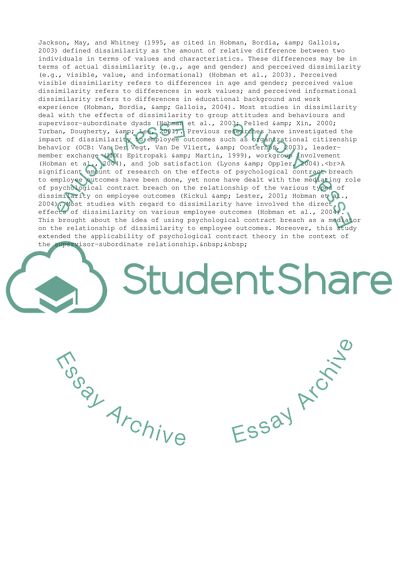Cite this document
(Psychological Contract Breach, Actual and Perceived Dissimilarity and Case Study, n.d.)
Psychological Contract Breach, Actual and Perceived Dissimilarity and Case Study. Retrieved from https://studentshare.org/business/1707537-research-proposal
Psychological Contract Breach, Actual and Perceived Dissimilarity and Case Study. Retrieved from https://studentshare.org/business/1707537-research-proposal
(Psychological Contract Breach, Actual and Perceived Dissimilarity and Case Study)
Psychological Contract Breach, Actual and Perceived Dissimilarity and Case Study. https://studentshare.org/business/1707537-research-proposal.
Psychological Contract Breach, Actual and Perceived Dissimilarity and Case Study. https://studentshare.org/business/1707537-research-proposal.
“Psychological Contract Breach, Actual and Perceived Dissimilarity and Case Study”, n.d. https://studentshare.org/business/1707537-research-proposal.


